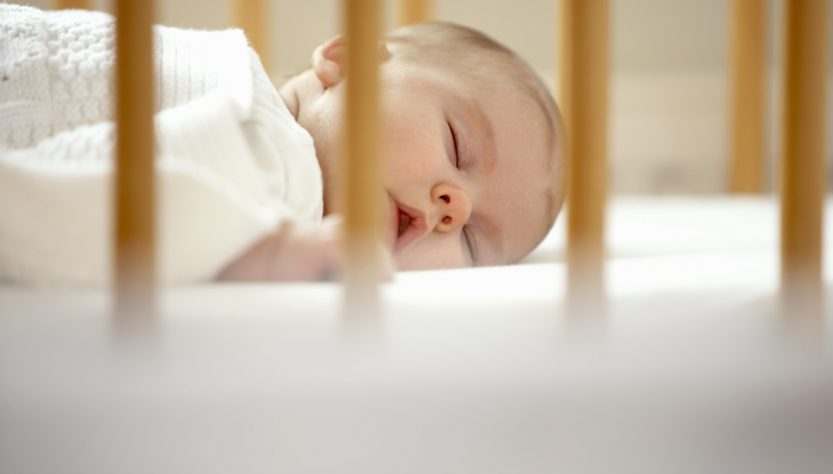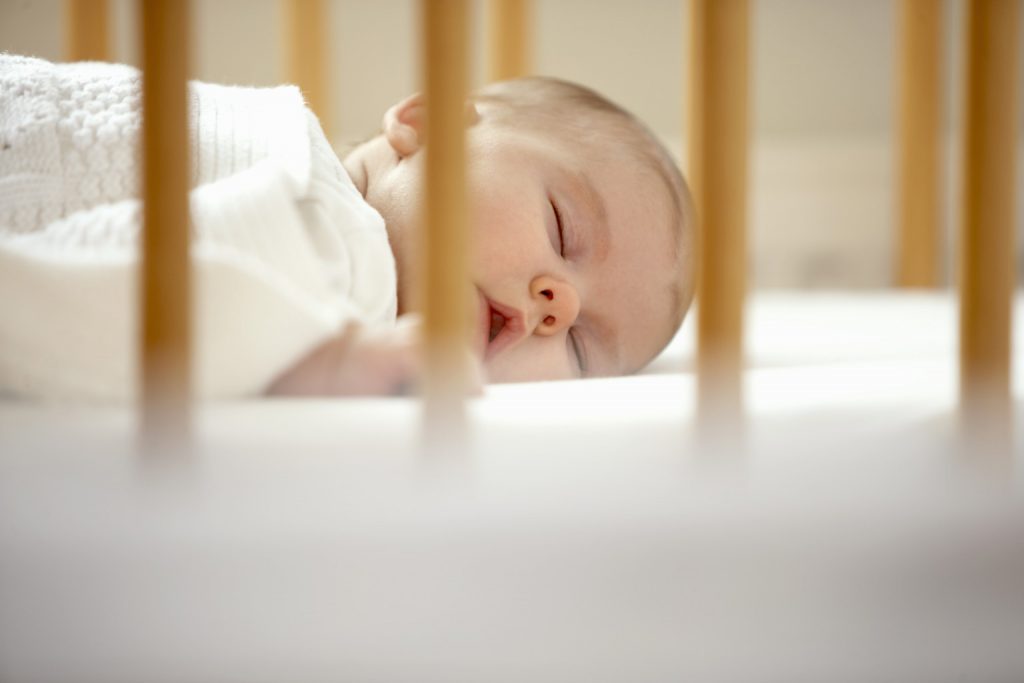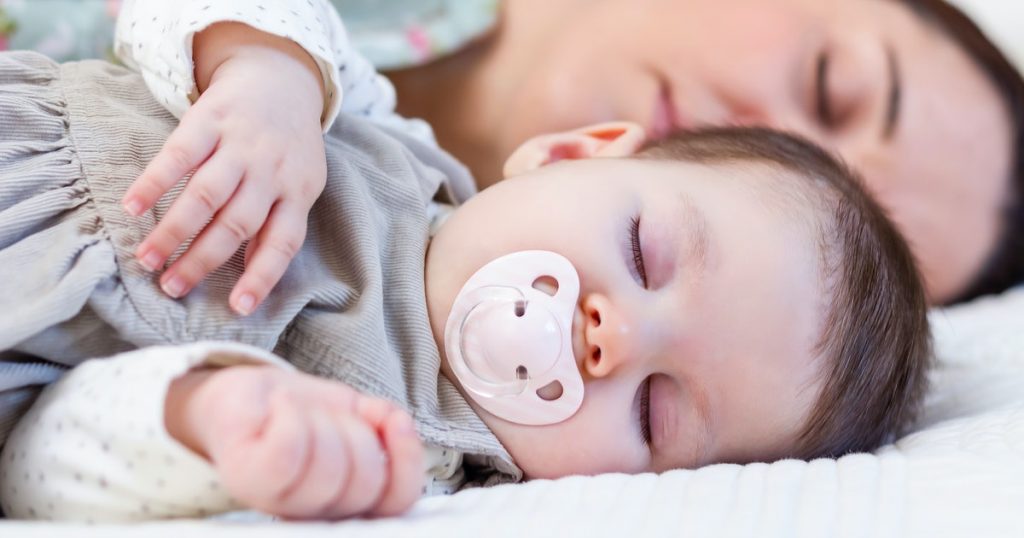Danya Ibrahim Jaafar
Faculty of Pharmacy
Overview
Sudden infant death syndrome (SIDS) is the unexplained death, usually during sleep, of a seemingly healthy baby less than a year old. SIDS is sometimes known as crib death because the infants often die in their cribs. Although the cause is unknown, it appears that SIDS might be associated with defects in the portion of an infant’s brain that controls breathing and arousal from sleep.
Researchers have discovered some factors that might put babies at extra risk. They have also identified measures you can take to help protect your child from SIDS. Perhaps the most important is placing your baby on his or her back to sleep.
Causes
A combination of physical and sleep environmental factors can make an infant more vulnerable to SIDS. These factors vary from one child to another.
Physical factors
Physical factors associated with SIDS include:
*Brain defects. Some infants are born with problems that make them more likely to die of SIDS. In many of these babies, the portion of the brain that controls breathing and arousal from sleep has not matured enough to work properly.
*Low birth weight. Premature birth or being part of a multiple birth increases the likelihood that a baby’s brain has not matured completely, so he or she has less control over such automatic processes as breathing and heart rate.
*Respiratory infection. Many infants who died of SIDS had recently had a cold, which might contribute to breathing problems.
Sleep environmental factors
The items in a child’s crib and his or her sleeping position can combine with the child’s physical problems to increase the risk of SIDS. Examples include:
- Sleeping on the stomach or sides. Babies placed in these positions to sleep might have more difficulty breathing than those placed on their backs.
- Sleeping on a soft surface. Lying face down on a fluffy comforter, a soft mattress or a waterbed can block an infant’s airway.
- Sharing a bed. While the risk of SIDS is lowered if an infant sleeps in the same room as his or her parents, the risk increases if the baby sleeps in the same bed with parents, siblings or pets.
- Being too warm while sleeping can increase a baby’s risk of SIDS.
Risk factors
Although sudden infant death syndrome can strike any infant, researchers have identified several factors that might increase a baby’s risk. They include:
- Boys are slightly more likely to die of SIDS.
- Infants are most vulnerable between the second and fourth months of life.
- For reasons that are not well-understood, nonwhite infants are more likely to develop SIDS.
- Family history.Babies who have had siblings or cousins die of SIDS are at higher risk of SIDS.
- Secondhand smoke.Babies who live with smokers have a higher risk of SIDS.
- Being premature.Both being born early and having a low birth weight increase baby’s chances of SIDS.
Maternal risk factors
During pregnancy, the mother also affects her baby’s risk of SIDS, especially if she:
- Is younger than 20
- Smokes cigarettes
- Uses drugs or alcohol
- Has inadequate prenatal care
Prevention
There’s no guaranteed way to prevent SIDS, but you can help your baby sleep more safely by following these tips:
- Sleeping position.Place your baby to sleep on his or her back, rather than on the stomach or sides, every time you — or anyone else — put the baby to sleep during the first year. This is not necessary when your baby is awake or able to roll over both ways without help.
- Do not assume that others will place your baby to sleep in the correct position — insist on it. Advise sitters and child care providers not to use the stomach position to calm an upset baby.
- Keep the crib as bare as possible.Use a firm mattress and avoid placing your baby on thick, fluffy padding, such as lambskin or a thick quilt. Do not leave pillows, fluffy toys or stuffed animals in the crib. These can interfere with breathing if your baby’s face presses against them.
- Do not overheat your baby.To keep your baby warm, try a sleep sack or other sleep clothing that do not require additional covers. Do not cover your baby’s head.
- Have your baby sleep in your room.Ideally, your baby should sleep in your room with you, but alone in a crib, bassinet or other structure designed for infant sleep, for at least six months, and, if possible, up to a year.
- Adult beds are not safe for infants. A baby can become trapped and suffocate between the headboard slats, the space between the mattress and the bed frame, or the space between the mattress and the wall. A baby can also suffocate if a sleeping parent accidentally rolls over and covers the baby’s nose and mouth.
- Breast-feed your baby, if possible.Breast-feeding for at least six months lowers the risk of SIDS.
- Do not use baby monitors and other commercial devices that claim to reduce the risk of SIDS.The American Academy of Pediatrics discourages the use of monitors and other devices because of ineffectiveness and safety issues.
- Immunize your baby.There is no evidence that routine immunizations increase SIDS However, others indicate immunizations can help prevent SIDS.




